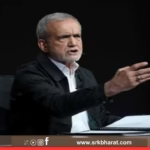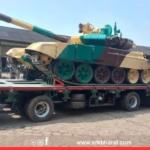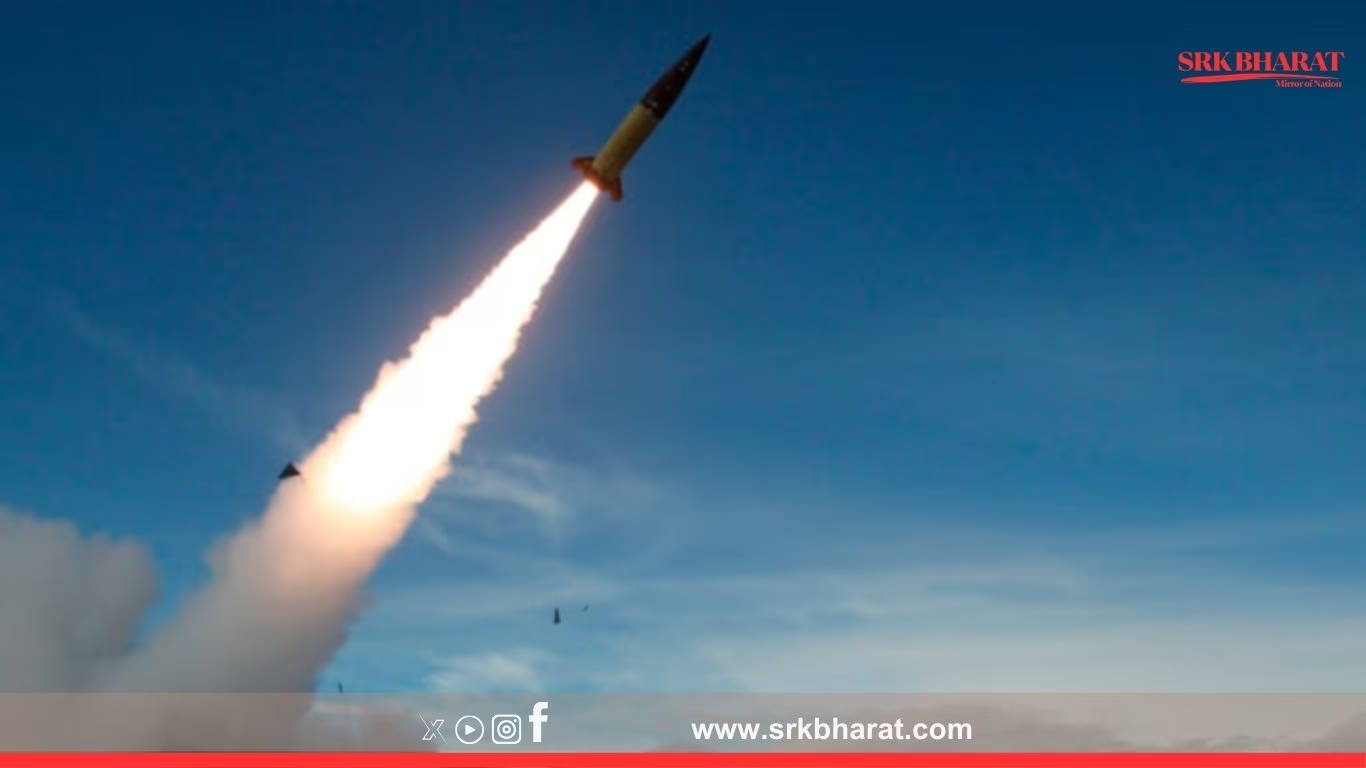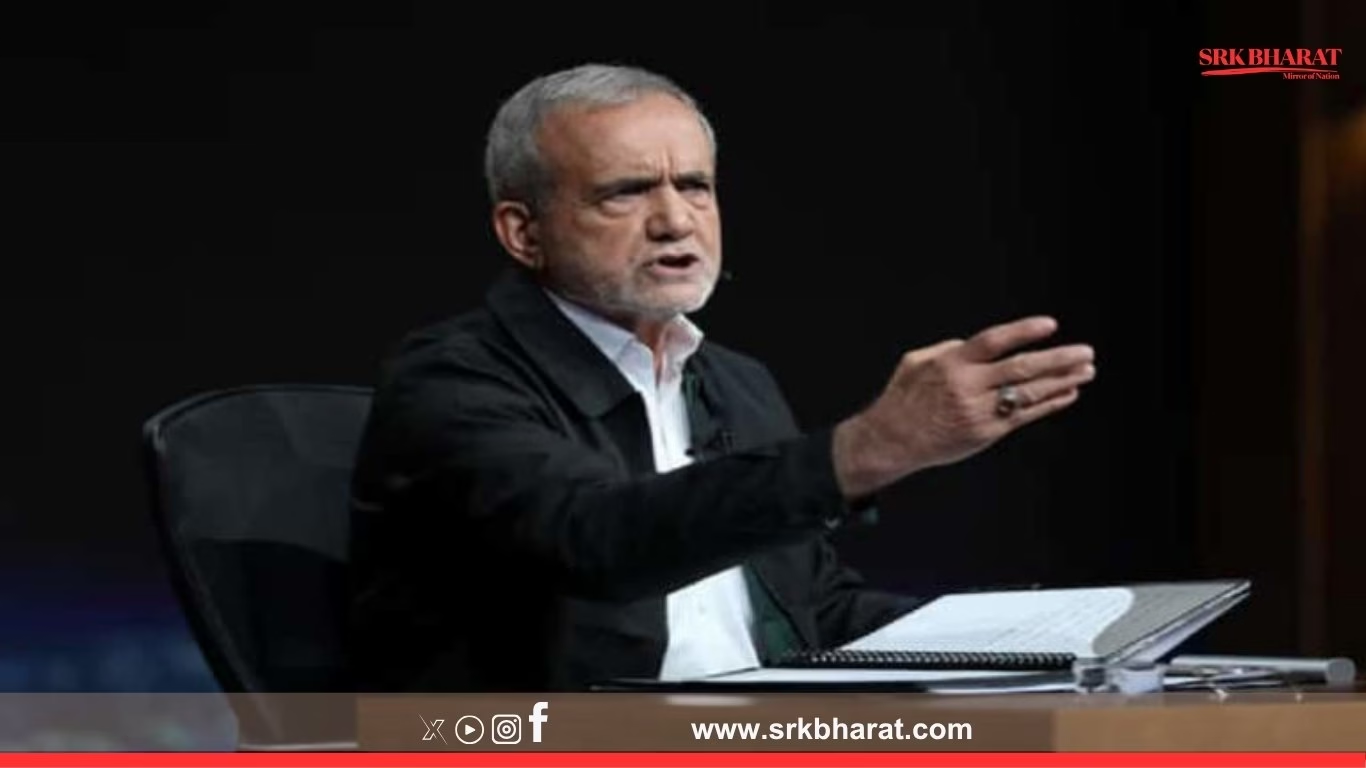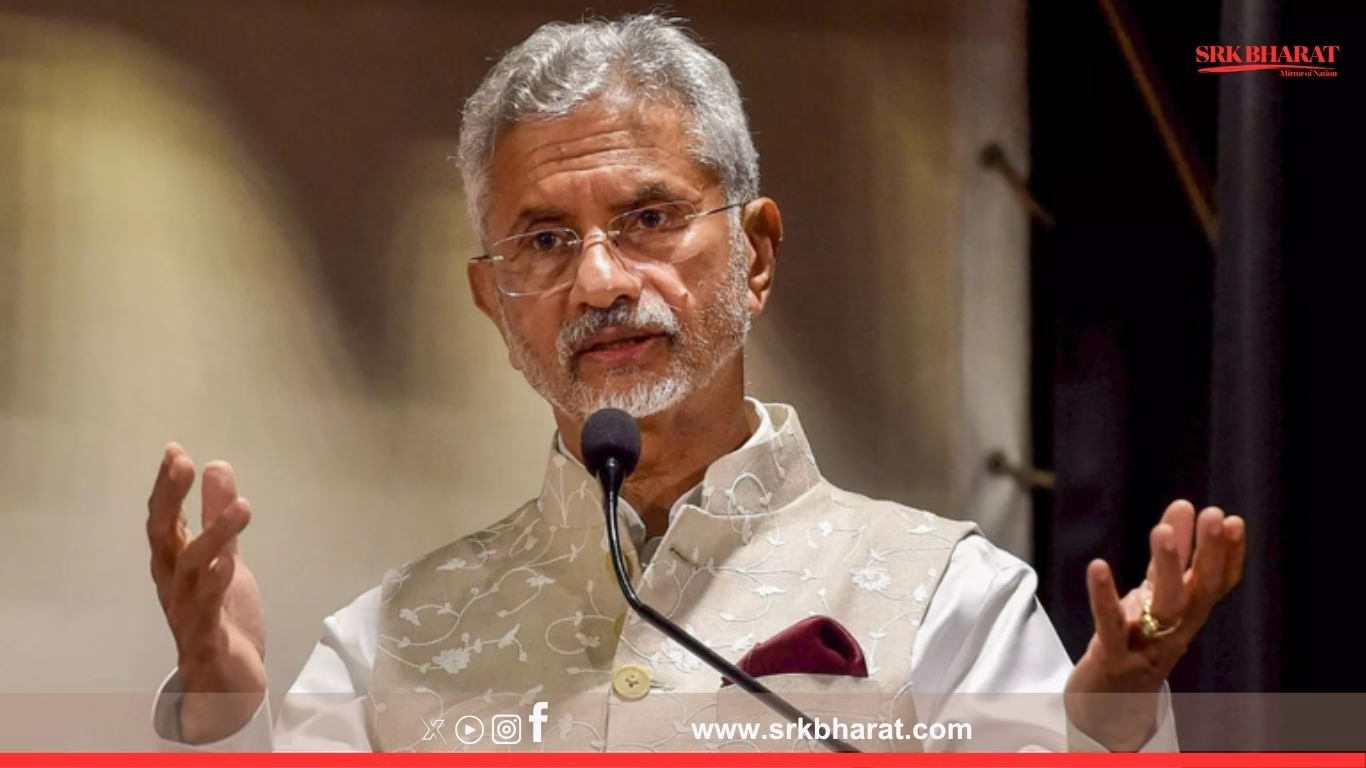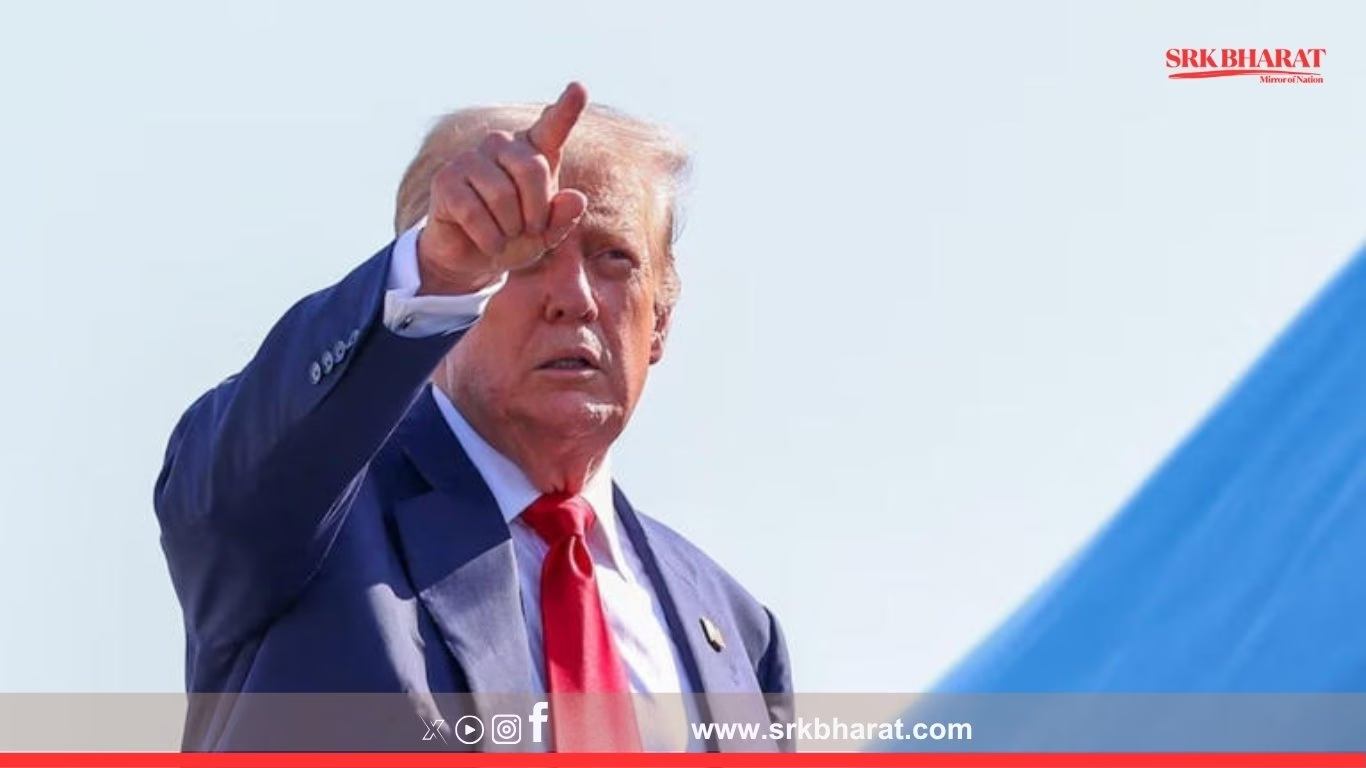As tensions continue to rise across Europe, a top US military official has called for NATO to significantly enhance its long-range missile capabilities to effectively deter Russian aggression. Speaking ahead of upcoming high-level security meetings, the general emphasised that NATO’s current arsenal remains inadequate to counter Moscow’s growing threat posture.
Why NATO Needs Long-Range Missiles
General Christopher Cavoli, Supreme Allied Commander Europe, underscored that NATO’s deterrence strategy is contingent on having credible strike options. He stated that Russia’s deployment of advanced missile systems, including hypersonic and long-range cruise missiles, necessitates an equivalent response to maintain balance and prevent coercion of member states.
Key reasons cited for missile expansion include:
- Russia’s recent nuclear posturing and missile drills across Kaliningrad and the Arctic.
- Ongoing missile deployments in Belarus, raising the threat towards Eastern European NATO members like Poland, Lithuania, and Latvia.
- The need to provide NATO forces with both defensive and offensive depth, ensuring any hostile move can be met with swift retaliation.
What Did General Cavoli Say?
During his address to the Atlantic Council’s Defence Forum, Cavoli remarked:
“Deterrence is about capability and credibility. We must ensure that NATO has the long-range fires necessary to hold at risk targets that threaten our security. Russia continues to modernise its missile forces rapidly, and our response must match in both scale and technological edge.”
He added that investments in long-range precision fires are critical to achieving NATO’s Integrated Deterrence objectives set out in the new Strategic Concept adopted post-Ukraine invasion.
Current State Of NATO’s Missile Capabilities
| Country | Key Long-Range Missile Systems | Maximum Range |
|---|---|---|
| United States | Tomahawk Cruise Missiles, AGM-158 JASSM | 1,600 km (Tomahawk) |
| United Kingdom | Storm Shadow | 560 km |
| France | MdCN Naval Cruise Missile | 1,000 km |
| Germany | Taurus KEPD 350 | 500 km |
| Poland | HIMARS (limited range variant) | 300 km |
Despite these capabilities, Europe lacks integrated land-based long-range missiles due to Cold War-era arms control treaties and political constraints, which now appear obsolete in the face of Russia’s continued missile build-up.
Russia’s Expanding Missile Arsenal
Recent intelligence assessments indicate that Russia has fielded multiple regiments of Iskander-M tactical missiles in Western Military Districts, with ranges up to 500 km and nuclear delivery capability. Additionally, Moscow has:
- Deployed Kinzhal hypersonic missiles on MiG-31K platforms, targeting NATO critical infrastructure within minutes.
- Continued development of Tsirkon hypersonic cruise missiles for naval deployment.
- Maintained Kalibr cruise missile stocks despite intensive use in Ukraine.
NATO’s Strategic Options
1. Procurement Of New Systems
NATO countries are exploring options to procure:
- Ground-launched cruise missiles (GLCMs) withdrawn post-INF Treaty but now reconsidered.
- Hypersonic missiles under development by the US and UK for rapid deployment by late 2020s.
- Extended range artillery and HIMARS upgrades to bridge immediate gaps.
2. Forward Deployment
Experts suggest forward deploying US and allied missile units in Poland, Romania, and the Baltics, similar to Cold War-era Pershing II deployments, to counterbalance Russian tactical missile concentrations.
3. European Indigenous Programs
France and Germany are discussing joint development of next-generation deep strike missiles under the Future Cruise/Anti-Ship Weapon (FCASW) programme, while Poland is pushing for expanded HIMARS and GMLRS stocks.
Reactions From NATO Allies
UK Defence Secretary Grant Shapps welcomed General Cavoli’s remarks, stating:
“Deterrence requires readiness. The UK fully supports strengthening NATO’s missile capabilities to ensure peace through strength.”
Polish Deputy Defence Minister Wojciech Skurkiewicz also reiterated Poland’s desire for:
“A robust NATO missile shield with offensive components to deter any Russian escalation at our borders.”
However, some European political leaders have raised concerns about escalation risks and potential diplomatic backlash, especially in Germany where public opinion remains divided on missile deployments.
Implications For Global Security
1. Increased Arms Race
Experts warn that expanding NATO’s long-range missile arsenal will likely:
- Prompt Russia to further enhance its nuclear-capable missile deployments.
- Encourage China to accelerate its missile programs in parallel with European militarisation.
2. Enhanced Deterrence Credibility
Supporters argue that credible missile strike options are essential for peace, deterring Russia from attempting hybrid or conventional aggression against NATO members, especially along its eastern flank.
3. INF Treaty Legacy Erosion
The demise of the INF Treaty has opened avenues for both Russia and NATO to field previously banned land-based missiles, altering the European strategic landscape for decades to come.
Future Outlook
| Timeline | Expected Developments |
|---|---|
| Late 2025 | US deployment of first ground-launched hypersonic missiles in Europe under Pacific Deterrence Initiative spillover. |
| 2026 | UK-French FCASW missile project testing phase. |
| 2027-2028 | Possible NATO decision on permanent deployment of long-range land-based systems in Eastern Europe. |
Expert Opinions
European Defence Analyst
“General Cavoli’s remarks are a wake-up call for Europe. Without credible long-range strike options, NATO risks losing its deterrence edge, emboldening Russian adventurism.”
Strategic Stability Researcher
“Missile expansion must be paired with diplomatic engagement to avoid miscalculations. An unbalanced approach could escalate crises faster than leaders can control.”
Conclusion
The US general’s call for NATO to acquire more long-range missiles reflects a strategic pivot towards restoring deterrence credibility in Europe’s volatile security environment. While procurement and deployment of such systems will take years, the signal is clear: NATO will no longer remain passive amid Russia’s aggressive missile modernisation.
As geopolitical tensions rise, the delicate balance between deterrence and escalation risk will define European security discourse for years to come.
Disclaimer: This news content is based on official statements, defence briefings, and strategic expert analyses available at the time of publication. It is intended for informational purposes only and does not constitute military advice or operational guidance. Readers are encouraged to follow further NATO and member state defence ministry releases for updates on missile procurement, deployment decisions, and diplomatic negotiations with Russia.



